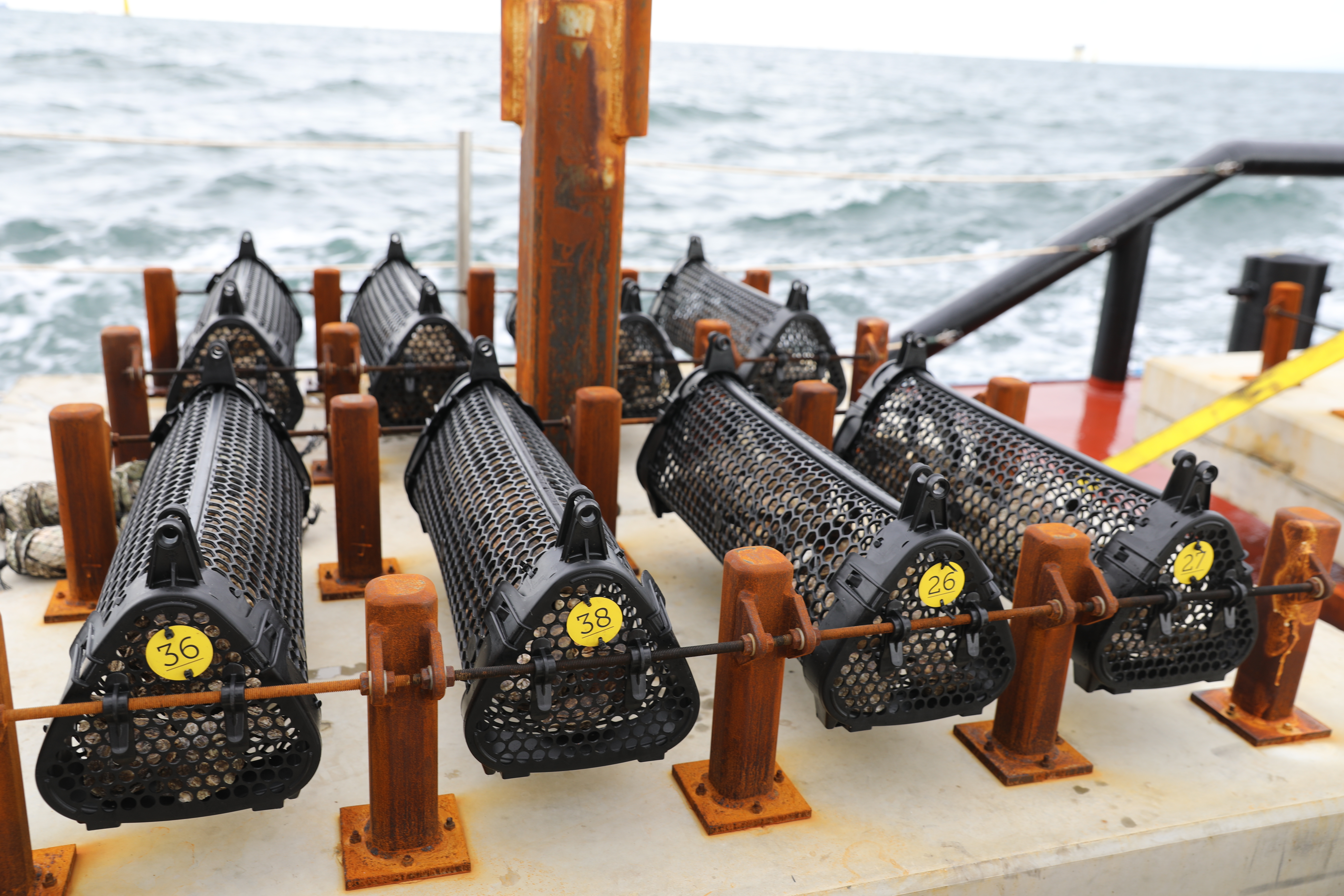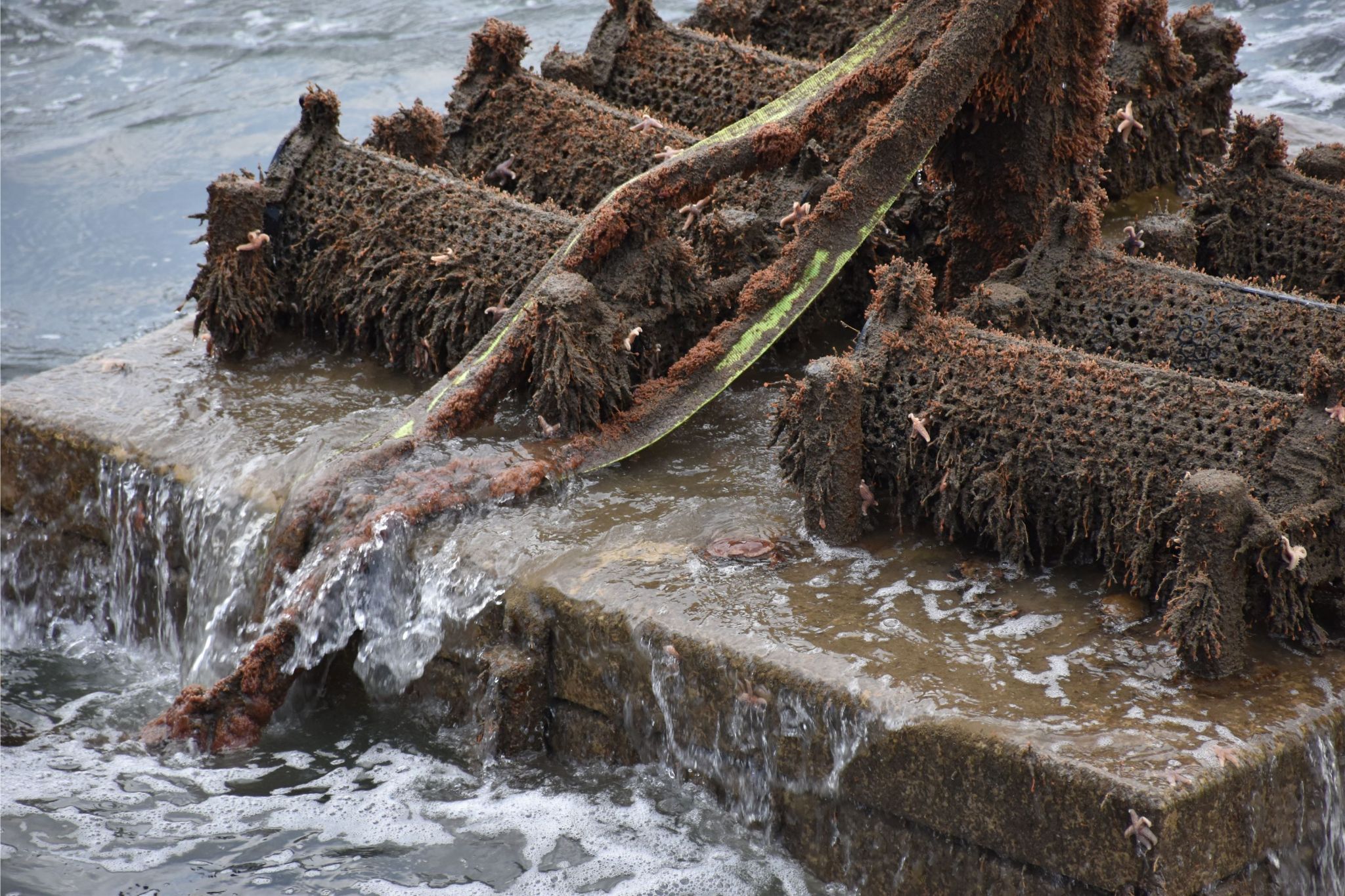The goal of this project is to learn about flat oyster broodstock placement and reef development in an offshore wind farm. The primary objective is to assess the potential for successful oyster reproduction, and the establishment of young oysters on the rocks and deposited shell layers surrounding the wind turbines’ base. Additionally, the project aims to comprehensively examine the overall biodiversity developments within this newly constructed wind farm. In 2020, four oyster broodstock structures containing 2,400 flat oysters were deployed in the wind farm of Blauwwind, one of the first government-appointed sites for oyster restoration in the Netherlands. Oysters are positioned in oyster baskets on four specially designed ‘oyster tables’. The tables were placed on the scour protection of four wind turbines.
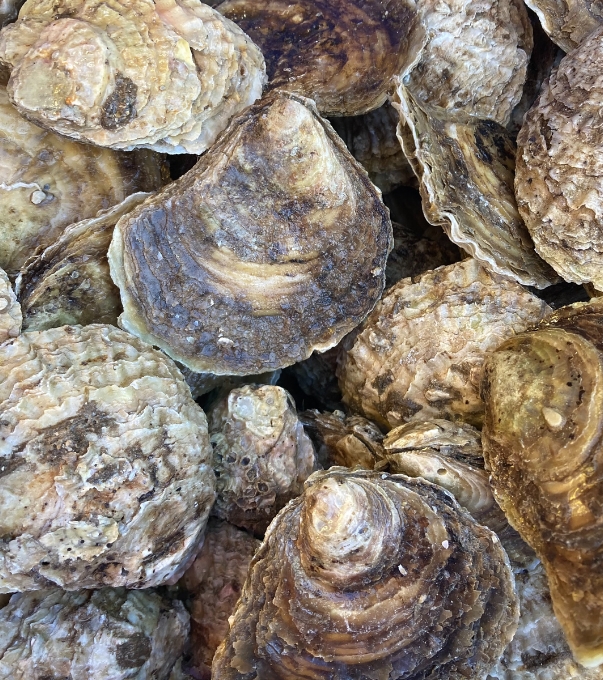
Methods
The project used live oysters from Ireland and placed four broodstock structures and shell material on the scour protection of four wind turbines. Cultch (shell material) was placed at eight different monopiles.
The broodstock structures were designed especially for this project. To promote the flow of water through the baskets, relevant during periods when biofouling might occur, larger holes were added to the baskets. However, this also opened up the potential for more predators.
Monitoring was done in 2020, 2021, 2023 and will be done in 2028. An ROV survey was performed to take high resolution pictures of the benthic fauna living around the monopiles and Water samples were taken for eDNA analysis and larvae sampling.
The oyster tables were hoisted on board a vessel and samples were taken of oysters (for Bonamia and reproduction analysis), spat collectors were placed and retrieved and marine growth was measured (scrape sample). 200 oysters per table were measured for growth. Oysters were also checked for possible spat settlement.
Results
The broodstock structures have proven to be stable and effective. Monitoring in 2021 and 2023 showed a high survival rate of the adult oysters in baskets (70% average 2020-2023) and individual oysters showed gonad development. Young oysters were found in and outside the baskets, as well as some oyster larvae in the water.
Tips and tricks
- Scalability is not a given. A high quantity of structures and oysters may be required to cover a large area, posing a high cost and challenges for procurement, production, and installation.
- Consider other scenarios while monitoring besides finding oysters dead or alive, and what to do in each case.
- Work with partners that bring clearly defined expertise to your project and can be equal sparring companions.
- Include decommissioning in your project from the earliest stage and design.
- Having the same partners for every monitoring campaign is ideal, as repeated handoff and briefing of new partners can pose communication challenges.
- Whenever possible, hire a dedicated point of contact to aid in cross-team communication, and to publish results quickly after reports are complete. This person should be in addition to your project manager and marine ecologist.
- Use monitoring as a multipurpose opportunity. By combining scrape sampling and video monitoring, the Rich North Sea discovered two species new to the Netherlands through this research – the orange pistol shrimp and the Atlantic spider crab.
Installation of oyster tables
In October 2020 The Rich North Sea installed 4 oyster tables with 2400 flat oysters in the Borssele III & IV wind farm. This video shows the preparation and installation of the oyster tables at the foundations of the wind turbines.
Increase in biodiversity
Biodiversity was monitored at the Blauwwind offshore wind farm before installation and a year after. For this eDNA traces were used in the water and an underwater camera. A total of 65 animal species were recognized on the video footage and another 24 species groups were found from the analysis.
Products used on this project
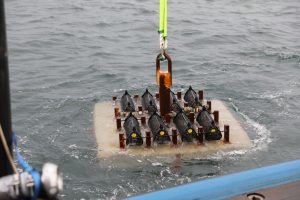
Oyster Broodstock Structure Borssele III/VI
Van OordThis broodstock structure consists of a concrete slab with oyster cages, and a central pole for easy handling. It can be placed on scour protection and other stable surfaces. Though oyster cages need maintenance to prevent overgrowth, they also protect from predation and can be handled for research.
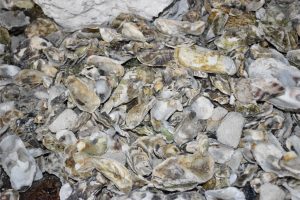
Oyster shells
Oysters are beneficial to the sea, even beyond their lifespan. Empty oyster shells are an all-natural material for marine life to settle.
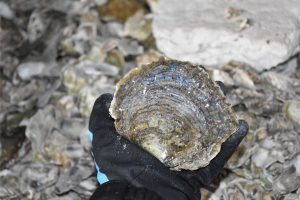
Live adult European flat oysters
Some species need a lift to get back to their original habitats. Flat oysters used to inhabit large parts of the North Sea, but have been pushed to extinction in many places. Releasing adult oysters into the wild can boost the natural population. For more information on living flat oysters, please refer to the oyster guide.
Let's talk
Would you like to get involved in nature enhancement or do you want to connect with our ecologists? Send us an e-mail.
